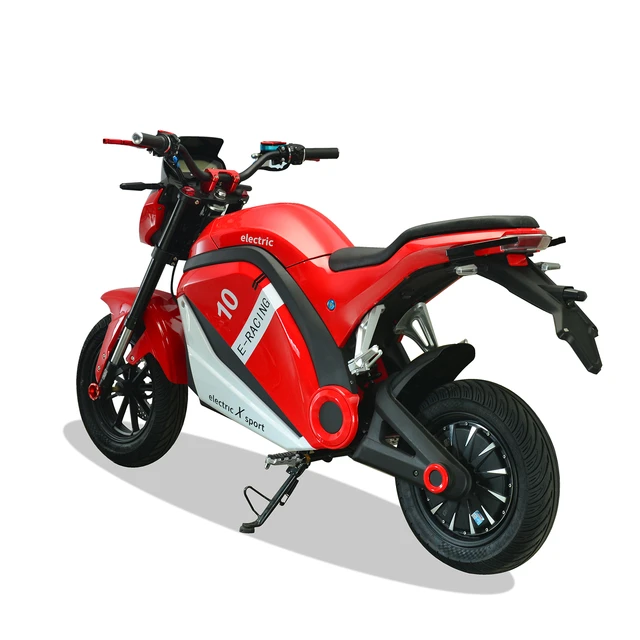Introduction
Knowing the proper way to start a motorcycle is essential for ensuring safety, smooth operation, and longevity of the bike. Each motorcycle model may have specific starting procedures, but there are general steps that apply to most motorcycles. In this guide, we will provide a detailed step-by-step process for starting a motorcycle, covering key aspects such as safety checks, proper ignition, choke usage, and warm-up procedures. By following these instructions, you can confidently and safely start your motorcycle for an enjoyable riding experience.
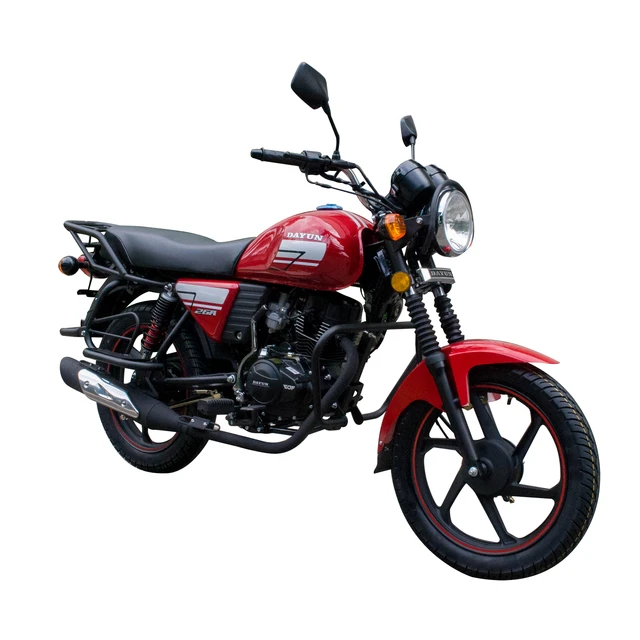
What is the proper way to start a motorcycle?
Pre-Ride Safety Checks
1.1. Check the Fuel Level
Before starting your motorcycle, ensure that you have sufficient fuel in the tank. Running out of fuel during a ride can be inconvenient and potentially dangerous. Familiarize yourself with your motorcycle’s fuel gauge or use a dipstick to check the fuel level.
1.2. Inspect the Tires
Visually inspect the tires for any signs of wear, damage, or low pressure. Ensure that the tires are properly inflated according to the manufacturer’s recommended pressure. Riding with underinflated or damaged tires can compromise safety and handling.
1.3. Check Fluid Levels
Check the fluid levels of essential components such as the engine oil, coolant, and brake fluid. These levels should be within the recommended range indicated on the respective fluid reservoirs. Maintaining proper fluid levels is crucial for optimal engine performance and safe operation.
1.4. Test the Brakes
Test the brakes to ensure they are functioning properly. Apply the front and rear brakes individually and note any unusual noises, resistance, or ineffective braking. Address any brake issues before starting your ride.
1.5. Verify the Battery Charge
Ensure that the battery is adequately charged. A weak or discharged battery can hinder the starting process or cause other electrical issues. If necessary, use a battery charger or jumper cables to charge or boost the battery.

Mounting and Preparation
2.1. Secure a Stable Mounting Position
Stand on the left side of the motorcycle and ensure it is on level ground. Place your left foot on the left footpeg and hold the left handlebar grip with your left hand. Maintain a stable and balanced position while preparing to start the bike.
2.2. Ignition Key Insertion
Insert the key into the ignition switch, typically located on the right side of the handlebars. Make sure the key is fully inserted and turned to the “ON” position. Note that some motorcycles may require additional key turning or switch positions depending on the model.
2.3. Neutral Gear Selection
Check the gear indicator or feel for neutral before starting the motorcycle. Most motorcycles require the transmission to be in neutral gear to start. Engaging a gear other than neutral can result in the bike lurching forward unexpectedly.
2.4. Clutch Lever Operation
Ensure that the clutch lever is pulled in fully. This disengages the transmission from the engine, allowing for safe starting. Holding the clutch lever in prevents the motorcycle from unexpectedly moving when the engine starts.
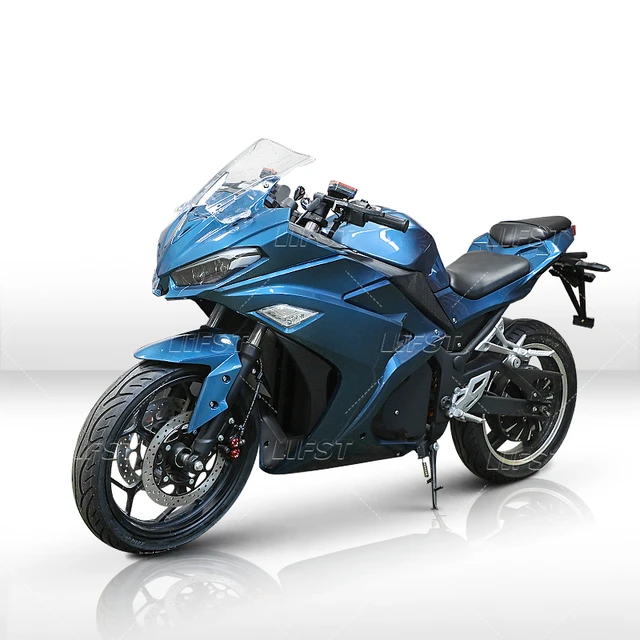
Starting the Motorcycle
3.1. Fuel Enrichment (Choke) Assessment
Assess the need for fuel enrichment, also known as a choke, based on the temperature and the motorcycle’s specific requirements. Fuel enrichment helps provide a richer fuel-to-air mixture for cold starts. If the engine is cold and the motorcycle requires choke usage, locate the choke lever or knob.
3.2. Engaging the Choke (If Applicable)
If your motorcycle has a choke, engage it by pulling the choke lever or knob fully. This enriches the fuel mixture, aiding in cold start conditions. Refer to your motorcycle’s owner manual for specific choke operation instructions.
3.3. Key Ignition and Engine Start
With the clutch lever pulled in and the choke engaged (if applicable), turn the ignition key to the “START” position. Listen for the engine cranking or a clicking sound, indicating that the starter motor is engaging. Most motorcycles have an electric starter, but some may require a kickstart procedure.
3.4. Throttle Control (Avoid Excessive Twist)
As the engine starts, avoid excessive twisting of the throttle. Twist it slightly or release it gradually if needed. Excessive throttle input during starting can cause the engine to rev too high or stall, compromising safety and potentially damaging the engine.
3.5. Release the Clutch Gradually
Once the engine starts, gradually release the clutch lever while maintaining a firm grip on the handlebars. Releasing the clutch too quickly can cause the motorcycle to lurch or stall. Smoothly and gradually releasing the clutch allows for a smooth engagement of power to the rear wheel.
Warm-Up and Post-Start Procedures
4.1. Allow the Engine to Warm Up
After starting the motorcycle, allow the engine to warm up for a brief period before riding. This allows the engine oil and other critical components to reach proper operating temperature. Refer to the owner’s manual for recommended warm-up times.
4.2. Monitor Engine Idling
Observe the engine idle speed during the warm-up period. The engine should idle smoothly and consistently. If you notice any irregularities, such as rough idling or stalling, consult a mechanic to ensure proper engine performance.
4.3. Safety Checks
Take a final moment to visually inspect the motorcycle, ensuring that all lights, indicators, and other safety features are functioning correctly. Check for any fluid leaks, loose components, or abnormalities before proceeding with your ride.
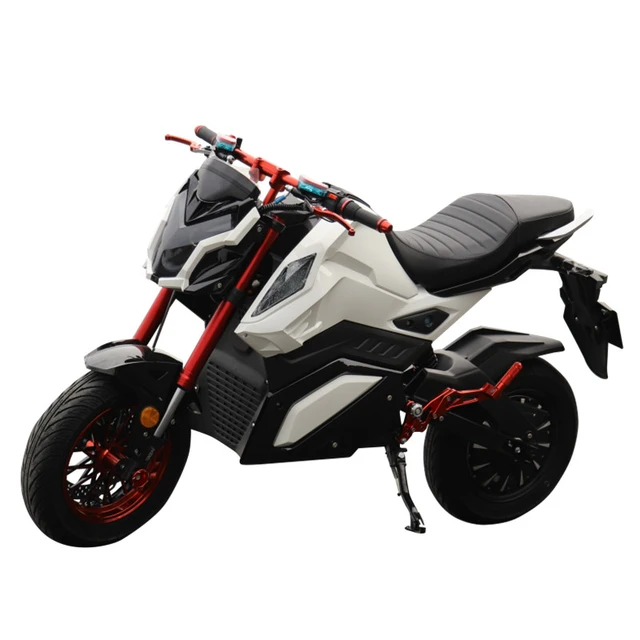
Troubleshooting Starting Issues
6.1. Battery Check
If your motorcycle fails to start, one common culprit is a weak or discharged battery. Check the battery connections to ensure they are secure and free of corrosion. If necessary, use a multimeter to measure the battery voltage. If the voltage is below the recommended level, recharge the battery or consider replacing it if it is old or damaged.
6.2. Fuel Delivery
If the engine cranks but fails to start, check the fuel delivery system. Ensure that the fuel petcock or valve is in the “ON” position, allowing fuel to flow to the engine. If your motorcycle has a fuel injection system, ensure that the fuel pump is working correctly.
6.3. Spark Plug Inspection
Faulty or worn spark plugs can impede the starting process. Remove the spark plugs and inspect them for signs of fouling, corrosion, or damage. Clean or replace the spark plugs as necessary, following the manufacturer’s recommendations. Properly gapped and functional spark plugs are crucial for ignition and engine performance.
6.4. Air Filter Examination
A clogged or dirty air filter can restrict airflow to the engine, affecting starting and overall performance. Remove the air filter and inspect it for dirt, debris, or excessive buildup. Clean or replace the air filter as recommended by the manufacturer to ensure optimal engine performance.
6.5. Carburetor Adjustments (If Applicable)
If your motorcycle has a carburetor, improper carburetor settings can affect starting. Consult your motorcycle’s owner manual or a professional mechanic to ensure proper carburetor adjustments. Adjustments may include idle speed, air-fuel mixture, or pilot screw settings.
6.6. Professional Assistance
If you encounter persistent starting issues despite the troubleshooting steps mentioned, it may be necessary to seek professional assistance from a qualified motorcycle mechanic. They can diagnose and address any underlying mechanical or electrical issues that may be causing the starting problem.
Safety Considerations
7.1. Protective Gear
Before starting your motorcycle, ensure that you are wearing the appropriate protective gear. This includes a helmet, jacket, gloves, pants, and boots designed for motorcycle riding. Proper safety gear can help protect you in the event of an accident or fall.
7.2. Parking and Stability
Ensure that your motorcycle is parked on a stable and level surface. Avoid starting the bike on an incline or unstable ground, as it may compromise stability and control during the starting process.
7.3. Clutch Control
Maintain control of the clutch lever throughout the starting process. Keeping the clutch lever pulled in prevents any unintended movements or jerking when the engine starts. Release the clutch lever gradually and smoothly to engage power to the rear wheel.
7.4. Engine Warm-Up
Allow the engine to warm up for the recommended time before riding. Cold engines may not deliver optimal performance and can be more prone to stalling or other issues. A properly warmed-up engine contributes to better responsiveness and smoother operation.
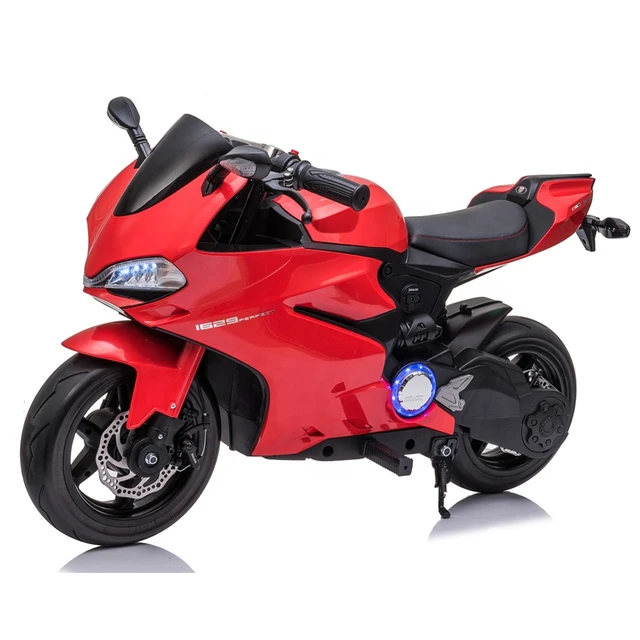
Conclusion
Starting a motorcycle properly is vital for safety, reliability, and smooth operation. Following the step-by-step guide outlined above will help you start your motorcycle with confidence and ensure a secure and enjoyable ride. It’s also important to clean the motorcycle to keep him in tip-top shape. Performing pre-ride safety checks, correctly mounting the motorcycle, and adhering to the starting procedure specific to your bike model will contribute to a successful and trouble-free start. Remember to consult your motorcycle’s owner manual for any model-specific instructions or recommendations. By practicing proper starting techniques, you can enhance your motorcycle experience and prioritize safety on the road.

